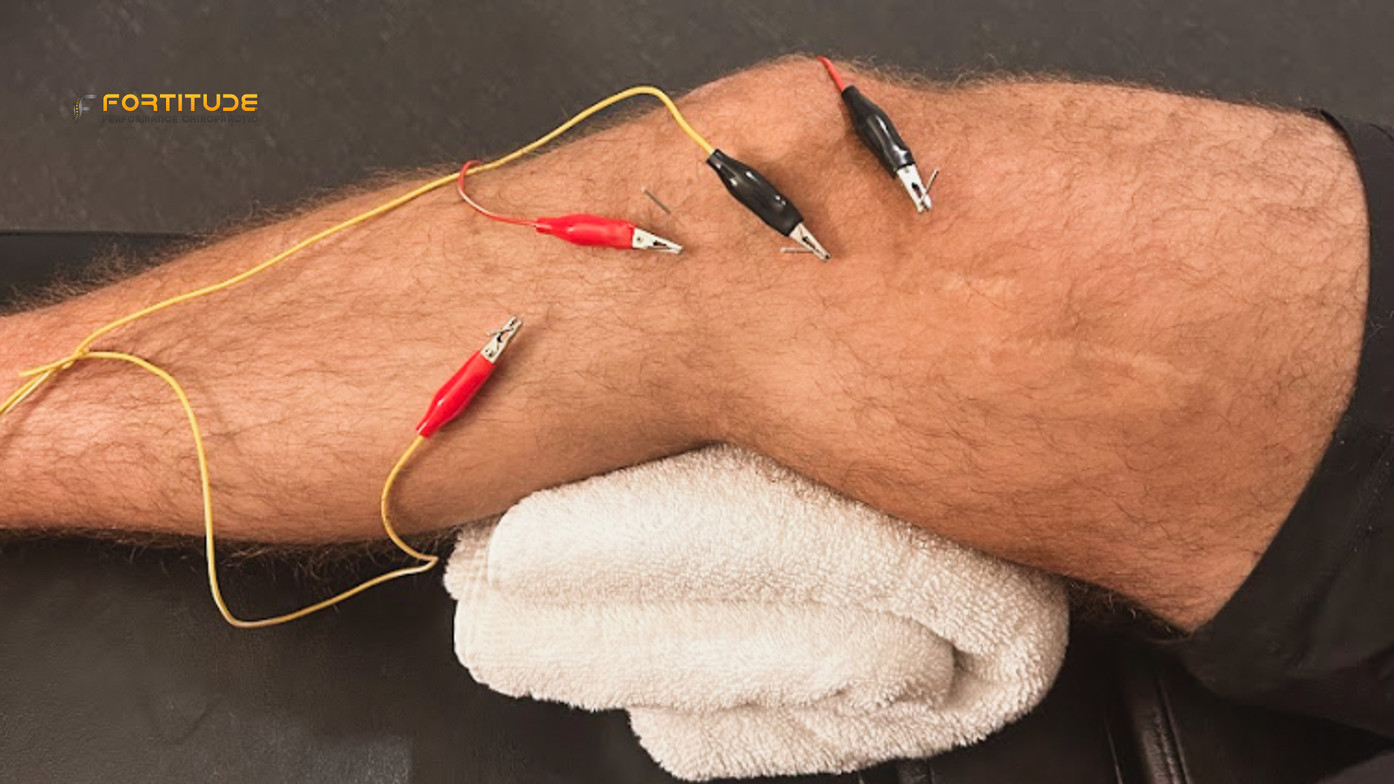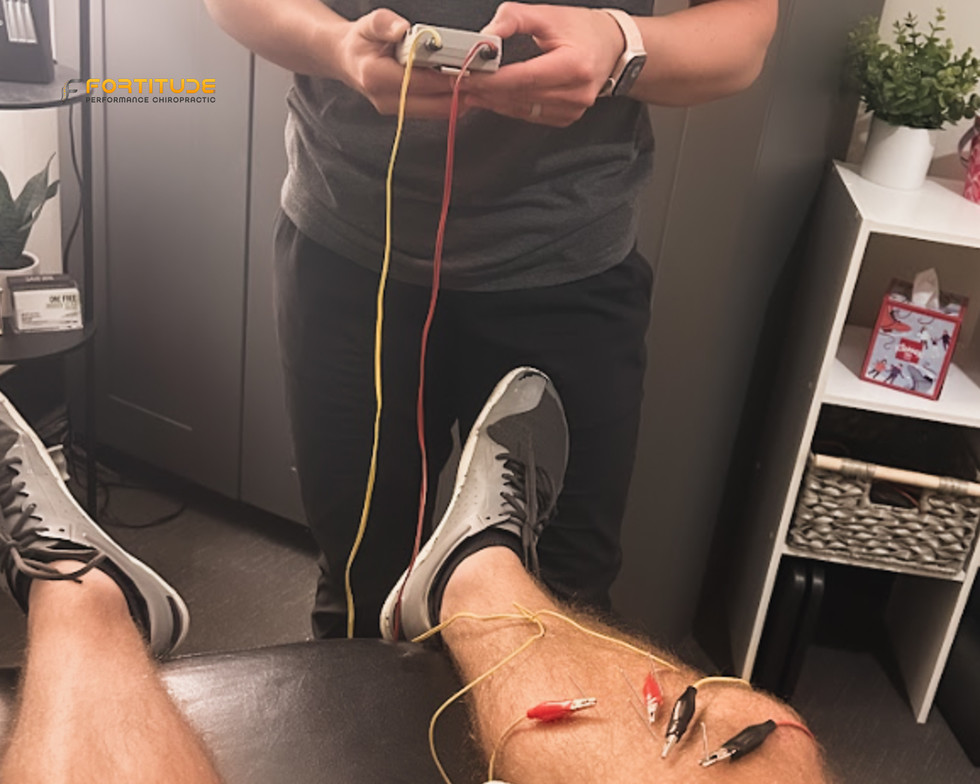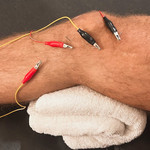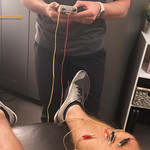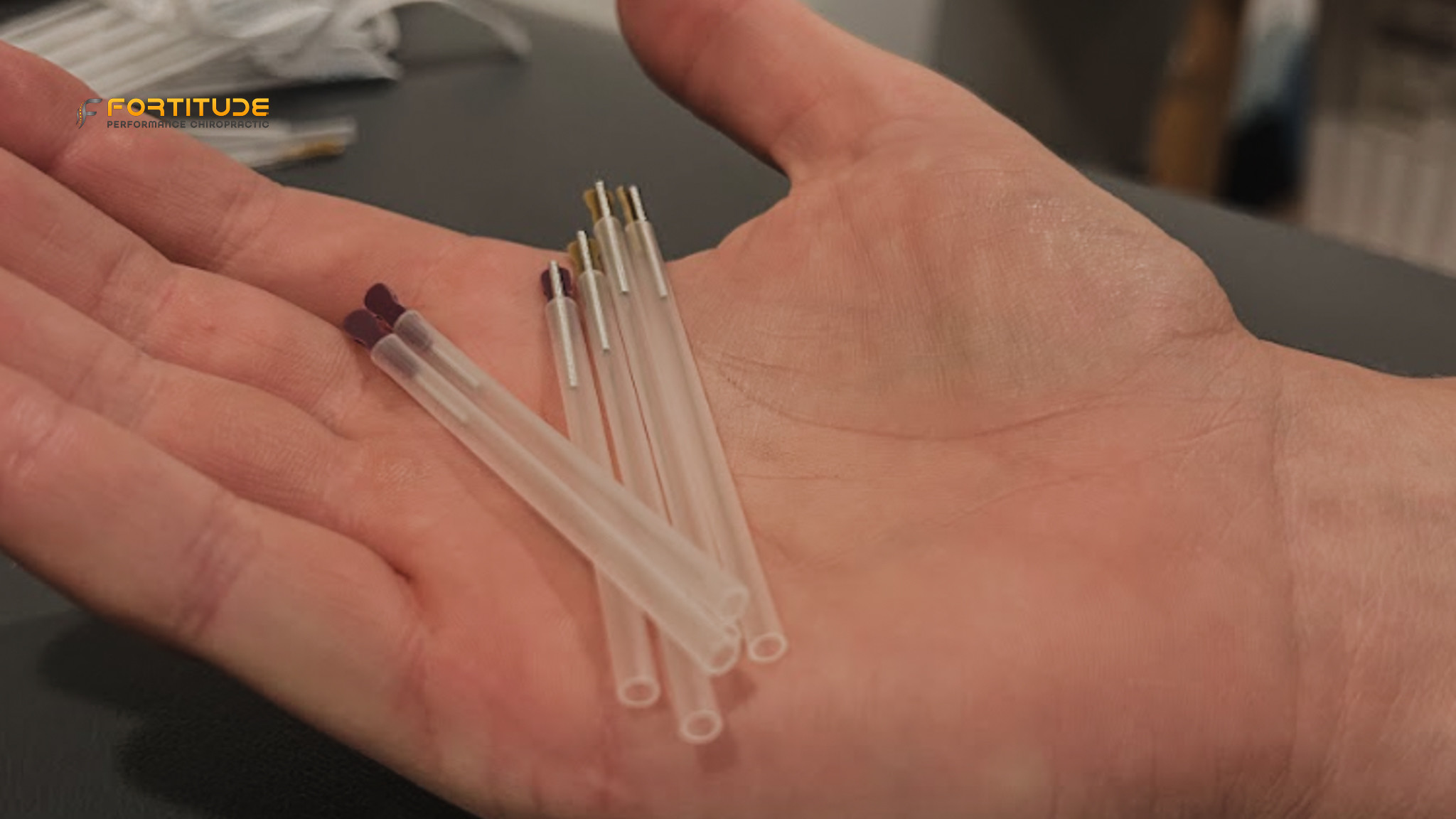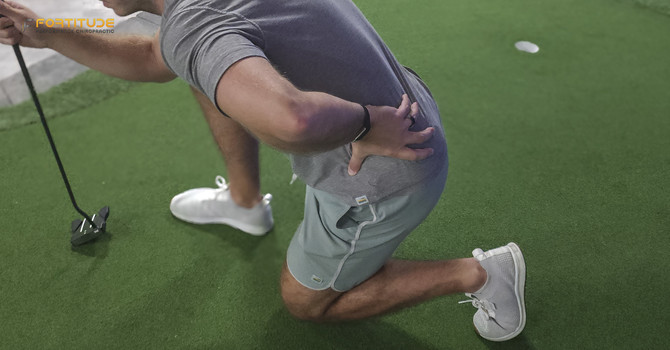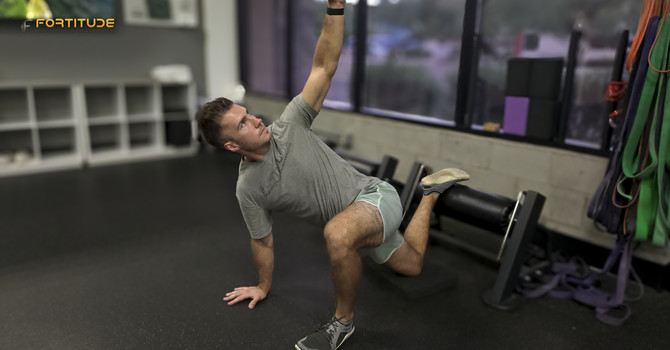What Does Dry Needling Do? A Chiropractor’s Guide for Scottsdale Golfers and Active Adults
Stuck Muscles, Stuck Progress?
If you’ve been foam rolling, stretching, and massaging that same tight spot with no real improvement, you’re not alone. Muscle knots and trigger points are often the silent culprits behind nagging pain and stiffness, especially for golfers and active adults.
Dry needling is one of the most effective ways we address that issue at Fortitude Performance Chiropractic in Scottsdale. It’s fast, precise, and often provides noticeable relief right away or even within a day or two.
In this blog, we’ll break down what dry needling actually does, why it works, and how we combine it with chiropractic and rehab to get long-term results.
What Is Dry Needling?
Dry needling is a modern treatment technique that uses thin, sterile needles to target and deactivate trigger points (tight, irritable spots in muscle tissue that contribute to pain and dysfunction).
Unlike acupuncture, which is based on Eastern medicine, dry needling is rooted in Western anatomy and neurophysiology. By inserting needles directly into affected muscles like the glutes, trapezius, or forearm extensors, this technique helps reset muscle function, reduce pain, and restore mobility.
Dry needling is commonly used by chiropractors and sports medicine professionals like our doctors at Fortitude Performance Chiropractic to relieve muscle tension, improve range of motion, and accelerate recovery.
How Is Dry Needling Different From Acupuncture?
While dry needling and acupuncture both use thin needles, the techniques are fundamentally different. Dry needling is based on Western medicine and modern anatomy, specifically targeting trigger points in muscles to improve neuromuscular function.
It’s a science-backed therapy that addresses issues within the musculoskeletal system (which includes your muscles, tendons, ligaments, and joints) by working directly with the nervous system to relieve tension and restore movement.
Acupuncture, on the other hand, is rooted in Traditional Chinese Medicine and focuses on restoring the body’s energy flow, or “Qi,” through specific meridians or energy pathways. Dry needling does not follow these energy pathways, it’s a clinical, evidence-informed approach designed to treat pain and dysfunction using anatomical and neurological understanding.

What Does Dry Needling Actually Do?
Dry needling therapy works by placing a thin needle into tight, painful areas of your muscle called “trigger points”. This helps release tension, improve circulation, and reset how your muscles are working.
The goal is to relieve pain and restore normal movement, especially for people dealing with chronic pain, sports injuries, or muscle tightness from overuse.
Here’s how dry needling for pain relief can help:
- Releases trigger points and tight muscles that limit how you move
- Improves blood flow to help your body heal faster
- Interrupts pain signals sent from irritated nerves
- Speeds up recovery after a workout or injury
- Resets poor movement patterns so muscles can function properly.
Chiropractic dry needling is often used to support rehab for back pain, shoulder injuries, or long-term muscle issues, helping you move better, feel stronger, and stay active.
Who’s a Good Candidate for Dry Needling?
Dry needling therapy is a great option for people dealing with muscle pain, movement issues, or tension that just won’t go away. It’s commonly used to help patients feel better and move more freely.
You might be a good candidate for dry needling if you’re:
- A golfer with hip, shoulder, or low back tightness that’s affecting your swing
- Struggling with tech neck or tension headaches from long hours at a computer
- A desk worker dealing with trap, shoulder, or neck pain
- A runner experiencing IT band or hamstring tightness
- Dealing with golfer’s elbow or tennis elbow, especially if pain keeps returning with activity
- Someone with chronic pain that flares up often or doesn’t respond to stretching or massage
- Recovering from a sports injury or overuse issue like plantar fasciitis, patellofemoral pain syndrome, biceps tendinopathy, rotator cuff strains or tears, or persistent muscle strains
Dry needling helps by relaxing tight muscles, improving mobility, and preventing future flare-ups—so you can move better and stay active without pain getting in the way.
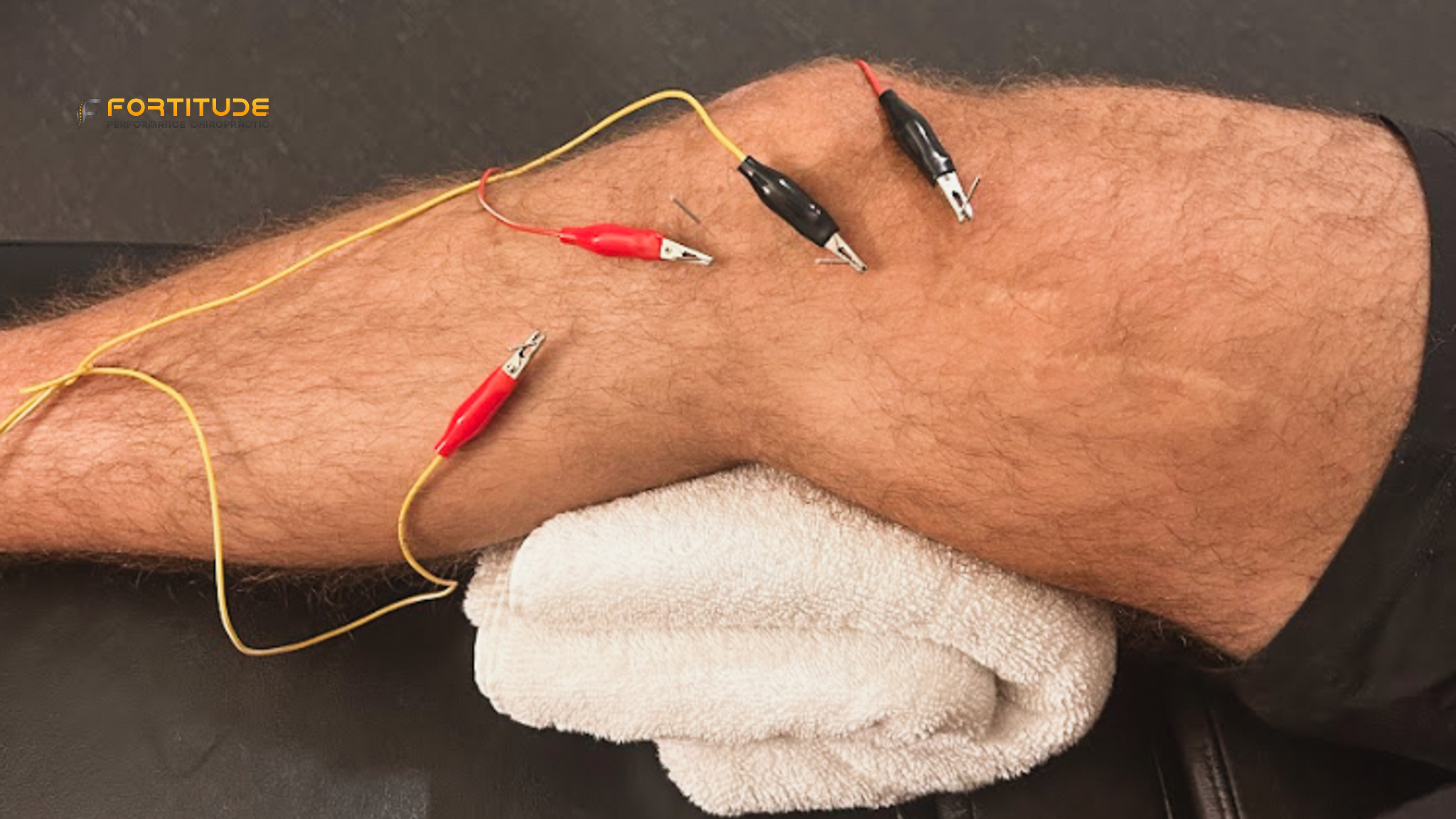
What Does a Dry Needling Session Look Like?
A typical dry needling session lasts about 15 to 30 minutes and is often part of a larger treatment plan that includes movement-based rehab or manual therapy.
During the session, your provider will assess your movement and identify areas of muscle tension or dysfunction, commonly targeting spots like the glutes, traps, forearms, calves, or hips, depending on your symptoms.
Once the area is identified, a thin, sterile needle is inserted directly into the tight muscle or trigger point.
Most patients feel a small twitch or dull ache in the muscle, which is a good sign the treatment is working. However, many people feel little to nothing at all during the session and often describe it as surprisingly comfortable, even relaxing.
In fact, it's not uncommon for patients to feel immediate relief in pain, an increase in range of motion, or improved ease in movement—sometimes as soon as they get off the table.
Here’s what to expect:
- Sessions typically last 15–30 minutes
- You may feel a twitch, dull ache, or nothing at all—it’s usually quick and well-tolerated
- Commonly treated areas include the neck, shoulders, back, hips, forearms, and calves
- Most people begin noticing relief within 1–3 sessions, depending on their condition
- Many find dry needling effective even when other treatments haven’t worked
- Patients frequently report instant improvements in movement and pain relief after a session
“I was honestly a little nervous at first, but it was way easier than I expected. After just two sessions, the tightness in my hip was gone—and I could finally golf without pain again.”— Mike S., Scottsdale Golfer
Dry needling is often used as part of a full plan to help reduce pain, restore motion, and get you back to doing what you love, whether that’s golfing, running, or simply moving without pain.
FAQ
Q: Does dry needling hurt?
Most people feel little to no pain during the treatment. You may experience a quick twitch or mild soreness afterward, similar to post-workout fatigue, which usually fades within 24 hours.
Q: How soon will I feel the results?
Many patients notice relief or improved movement as soon as the needles are removed and up to 24-48 hours of their first session. For more chronic or stubborn issues, it may take 2 to 3 sessions to see lasting change.
Q: What conditions does dry needling help with?
Dry needling is often used to treat muscle tightness, joint pain, chronic tension, and overuse injuries. It can be especially helpful for issues like low back pain, shoulder stiffness, golfer’s elbow, plantar fasciitis, and tension headaches.
Q: Can I work out after a dry needling session?
Yes, but it is recommended to keep it light. Especially if it’s your first session. Movement is encouraged, but heavy lifting or intense workouts may be better saved for the next day to allow your muscles to reset and recover. Alt text: “Dry needling session at Fortitude Chiropractic in progress”
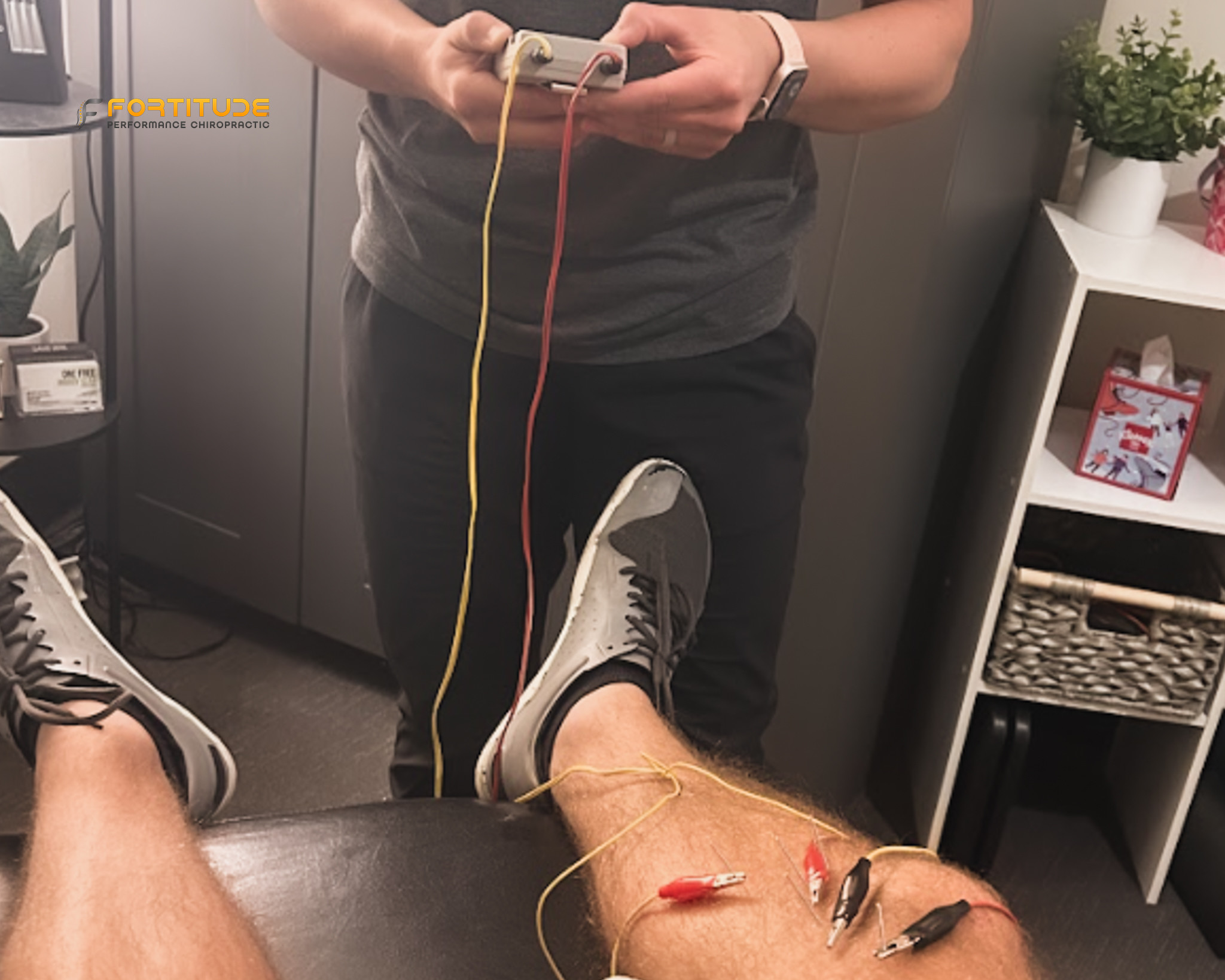
Our Approach at Fortitude:
Dry Needling + Chiropractic + Rehab
At Fortitude, dry needling is never a standalone fix, it’s just one piece of a comprehensive, personalized treatment plan. We don’t just needle and leave. Each session is 1-on-1 with a doctor and may include a combination of chiropractic adjustments, soft tissue therapy, functional rehab, and targeted mobility or strength exercises, all based on what your body needs to heal and move better.
This integrated approach helps us not only relieve your pain, but also address the deeper issue behind it. By combining dry needling with hands-on care and customized rehab, we’re able to get to the root of the problem and create lasting change, leading to faster results and longer-lasting relief.
Whether you're dealing with a chronic injury, nagging tightness, or trying to get back to doing what you love, our goal is simple: fix the problem for good, not just temporarily cover it up.
Fortitude Performance Chiropractic - Dry Needling
When to Consider Dry Needling:
(Instead of Just More Stretching)
We know stretching can feel good, but if you’re stretching the same muscle every day and it’s still tight or painful, it might be time for something more targeted. Dry needling gets into the deeper layers of muscle where tightness and dysfunction often live, places stretching and foam rolling just can’t reach.
Here are a few signs dry needling might be a better next step:
- That one spot never loosens up, no matter how much you stretch or roll it out
- You feel pain during movement—like swinging a golf club, running, or lifting—not just at rest
- You’ve tried massage or chiropractic adjustments, but still feel limited or stuck
- You keep flaring up in the same area after golf, workouts, or even just sitting at your desk
- Your mobility is limited, but stretching feels like it’s hitting a wall or making things worse
Final Thoughts.
Dry needling is one of the most powerful tools we use to help patients move better, feel stronger, and get out of pain fast. If you're dealing with nagging pain or stiffness, don’t wait.
Dry needling is one of the most effective techniques we use to help patients in Scottsdale get fast, lasting relief from muscle tightness, joint pain, and movement rescrictions. Whether you're dealing with chronic back pain, a sport injury, or stuffness that just won't go away, dry needling, combnied with personalized chiropractic care and rehab, can help you move better and feel stronger again.

Fortitude Performance Chiropractic
Contact Me

